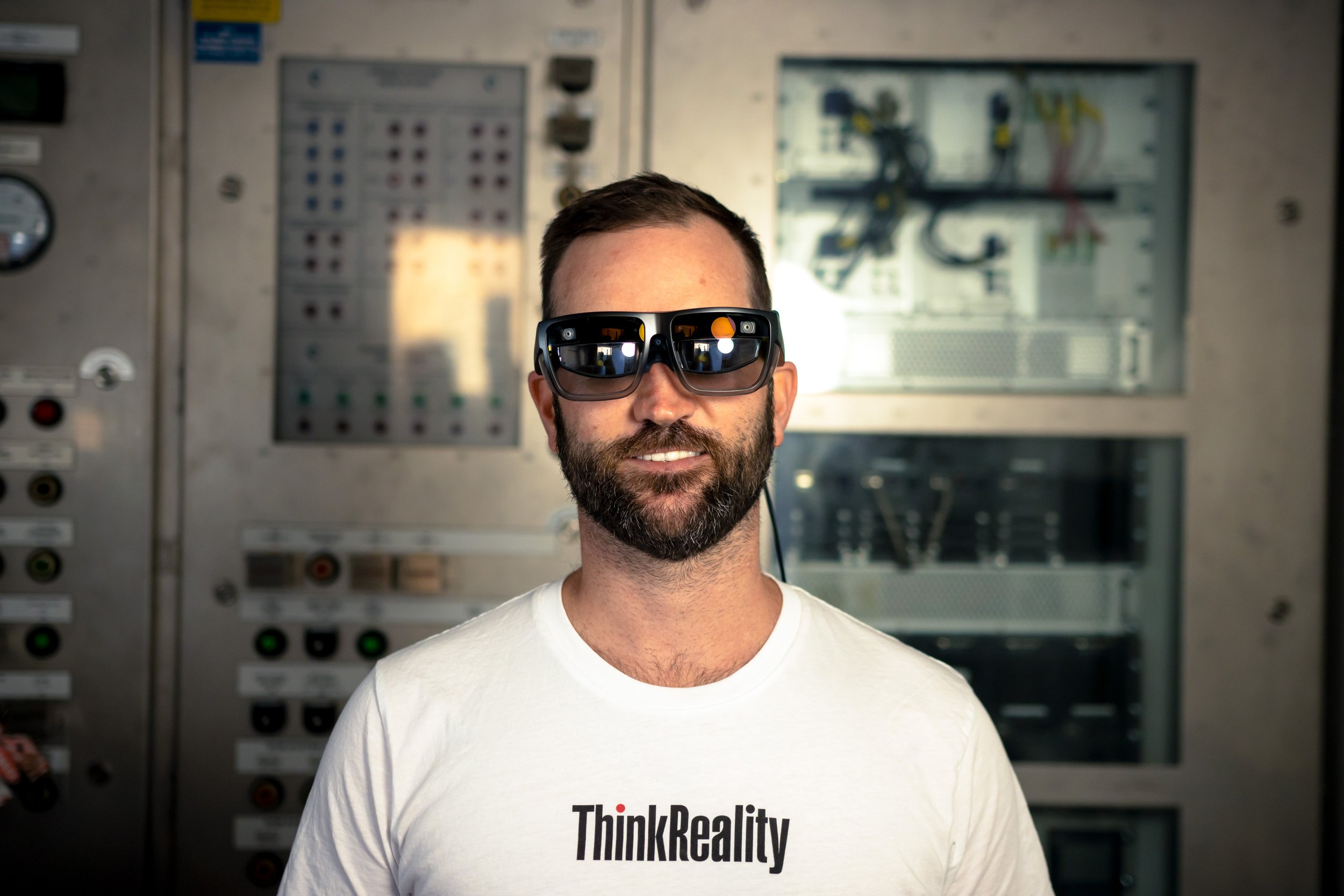The complex world of workplace accidents
Effectively communicating the casual and contributing factors of workplace accidents has always been a challenge. Accidents are complex, particularly when they involve people. During one of my first health and safety roles I was tasked with developing a process to communicate learnings from incident investigations across a large, geographically distributed enterprise. Being new to the industry, I searched for effective ways to communicate investigation outcomes and came across the US Chemical Safety & Hazard Investigation Board (CSB) investigation videos; in particular the video of the Formosa Plastics Vinyl Chloride Explosion accident, which happened in 2004. The video included a computer-generated simulation of the events that led to an explosion of highly flammable vinyl chloride. The simulation was an effective way to communicate a complex work process and accident event timeline.
Source: https://youtu.be/fjOfp_3GRb4
At the time, XR technologies as we currently know them were in their infancy. Remember, this was 10 years before even Google cardboard was released. I recall finding a conference paper from a few years earlier that discussed a simulation of a mining fuel truck accident that was developed using 3D Studio MAX and exported into virtual reality modeling language viewed via Cosmo player. Too complicated, clunky and expensive to implement back then, I reluctantly settled on PowerPoint slides packed with photos with annotations and the occasional video. Throughout the rest of my health & safety career, video really took off to communicate workplace accident investigation outcomes, but XR never took hold.
This all came back to me a week or so ago when I received as WhatsApp message from Martin Sawtell, XR Director at Dell Technologies. He sent me a link to the latest video from CSB, a simulation of a fire at Evergreen Packaging. We were both really impressed with the quality of the animation, a massive improvement over the 15 years since the Formosa Plastics video. Sure, it’s pre-rendered but it highlights how effective simulation and storytelling can be to communicate the complexities of significant workplace accidents.
Source: https://youtu.be/mF1fHHUcstg
Having worked in XR for a while now, it dawned on me that XR technologies are still not widely used for incident investigation communication, so I Googled “VR for incident investigation communication” and guess what popped up on the first page of results; the conference paper with the mining fuel truck simulation using 3D Studio Max.
VR is often used for health and safety training; in fact, it may even be the most common VR use case across the globe. So why aren’t XR technologies used more often for incident investigation communication? Let’s briefly explore the use case.
Incident investigation 101
I am not going to go into the safety science or the forensic side of incident investigation, or even the difference in definition between accidents and incidents. Simply put, when things go wrong at work; something gets damaged, people get hurt (or worse) or the environment is harmed etc.; organizations have an obligation (often a legal one) to understand what went wrong on several levels (organization, system task, individual etc.). They do this to try and identify what they can improve. In modern safety science, it is becoming more popular to not just investigate when things go wrong, but also when things go right (perhaps this is an even more powerful approach). Either way, effectively all investigations have a timeline of events and outcomes that can often be very difficult to understand, especially if the work process is highly technical and the geospatial relationship between hazards and people is challenging to articulate in text or 2D. Communicating the outcomes of an investigation across an organization is a requirement of good safety management, generally a regulatory one. Communicating investigation outcomes are often poorly executed.
Investigation communication 101
I’ve dropped the word incident preceding investigation communication in the title of this section, because investigating good work is also a great idea and well worth communicating. Typically, investigations are communicated via a .PDF “newsflash”, .PPT slide deck (*snore – yes, I am guilty of this hundreds of times over), but if you are lucky perhaps a video is created as a communication tool and if you are really, really lucky, that video is supported with an animation.
XR for Investigation Communication
So here is the opportunity. Investigations are ultimately stories, so what better way to communicate a story than with immersive technologies? You can start simple, recreate an incident scene using a 360 camera, add annotations and port to a VR headset for low-effort immersive experience. For more complex scenarios, developing a CGI simulation could be well worth the effort to enable effective investigation communication without geographical constraints. You may even consider using AR to spatially anchor historical incident information around an asset, using a pair of AR smart glasses that overlay investigation learnings as you walk through the facility. The technology is available to improve the way we communicate investigation outcomes, it’s just waiting for us to use it.
Cameron is a global XR strategist & chartered health & safety professional most comfortable exploring the intersection of emerging technologies and business performance. Cameron holds a BSc in Physical Therapy and a MSc in Ergonomics, Safety & Health with postgraduate studies in digital transformation and artificial intelligence ethics. He has extensive experience in safety & risk management and business transformation in high-risk industry having worked around the globe for ExxonMobil, BHP, Vermilion Oil & Gas and Oil Search Limited. Cameron is currently leading the commercial Augmented & Virtual Reality business for Lenovo in Australia and New Zealand after 3 years as a Solution Engineer with RealWear Inc. deploying wearable computing for enterprise.
As the trusted voice for XR safety and risk management, Cameron volunteers on the Augmented Reality for Enterprise Alliance Safety & Human Factors committees, the authoring committee for the ISO Standard for AR/VR Safety and contributes to the ISO Standards committee for Artificial Intelligence.
https://www.linkedin.com/in/cameronmstevens/


